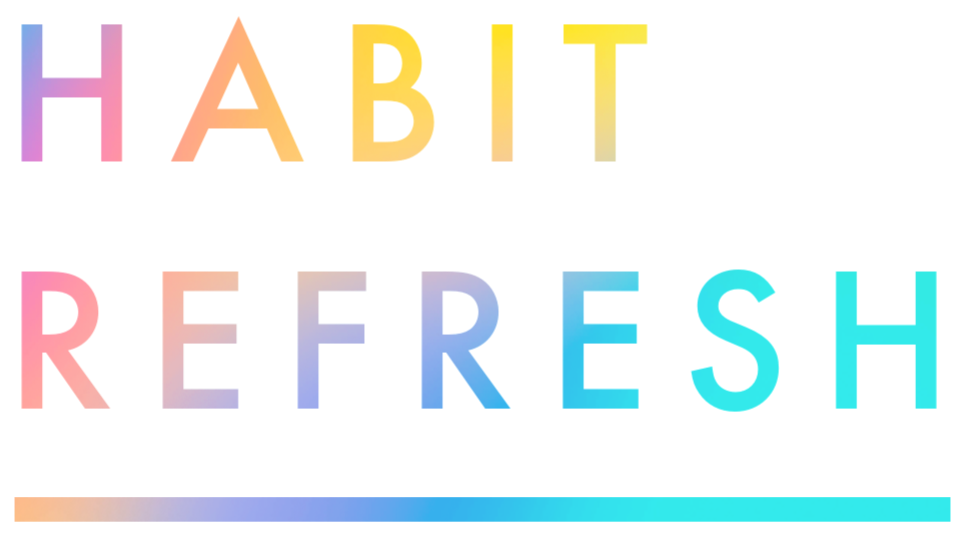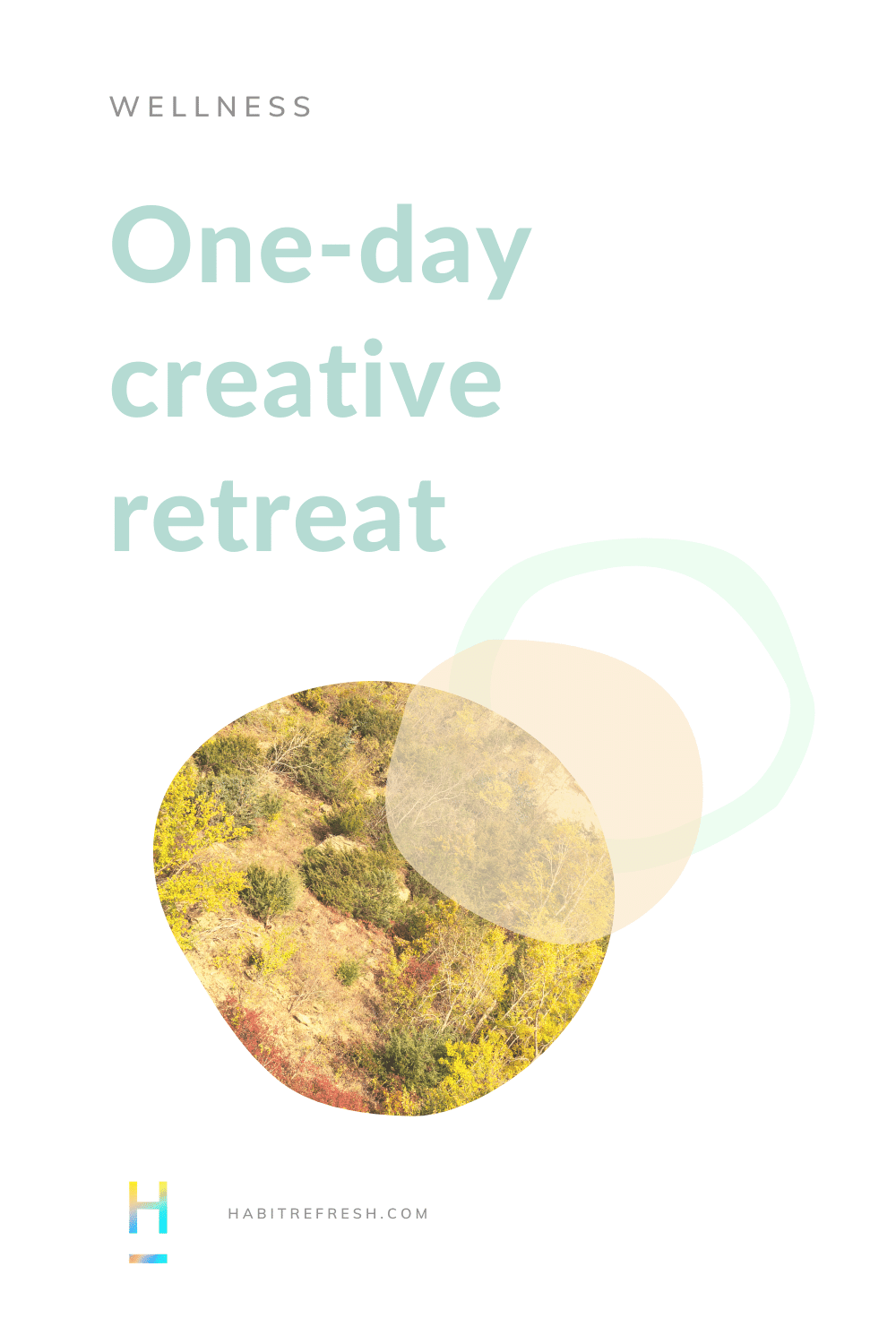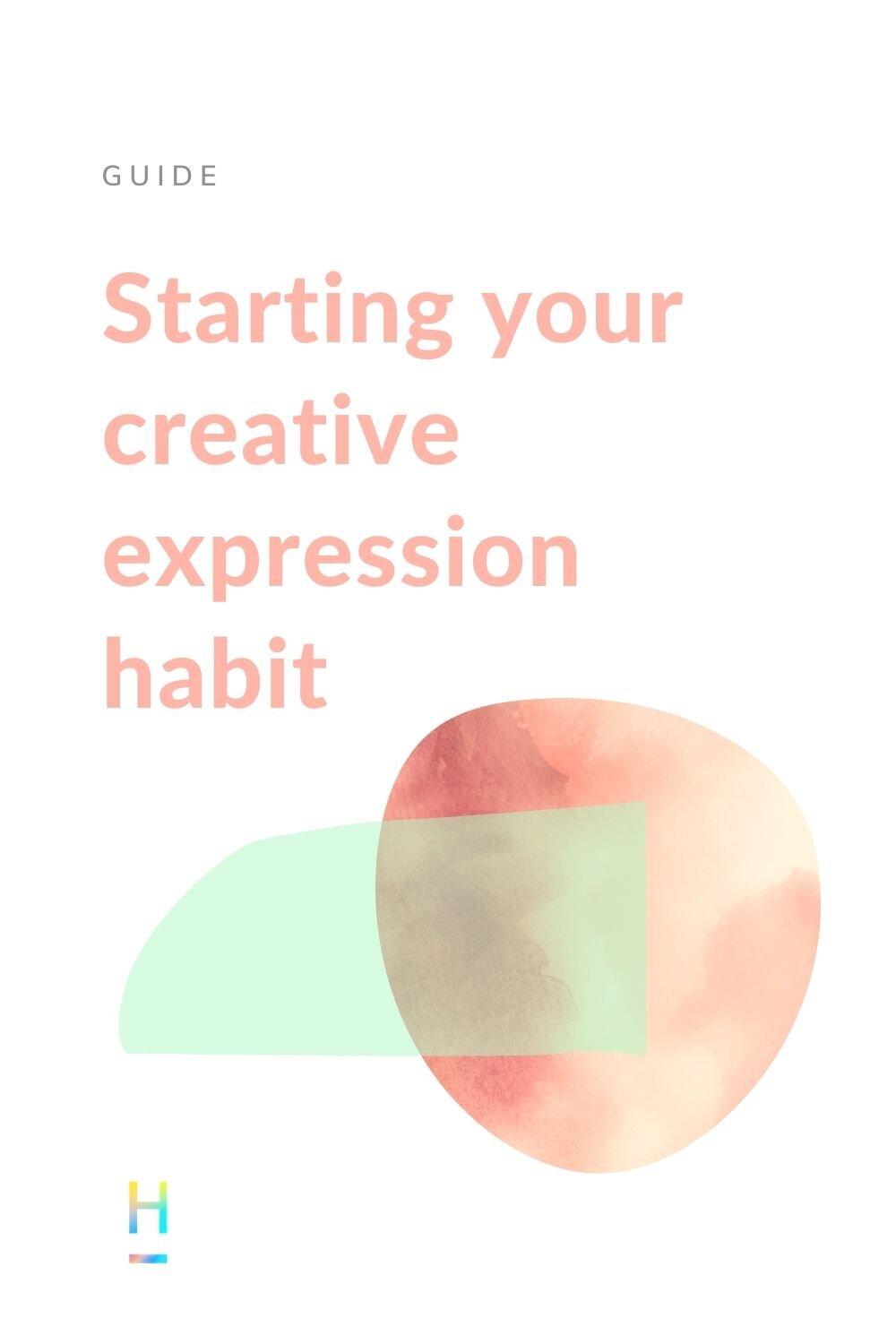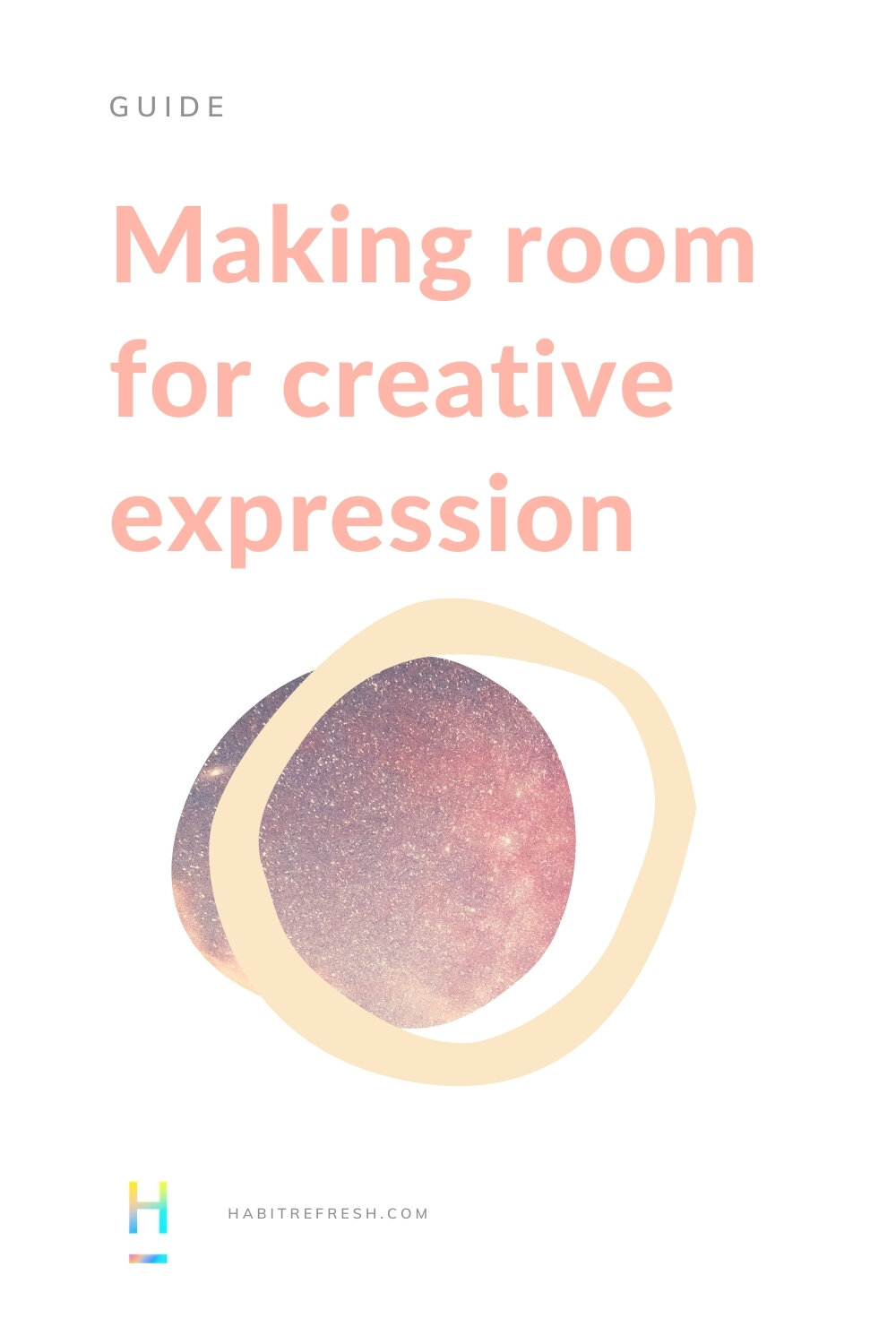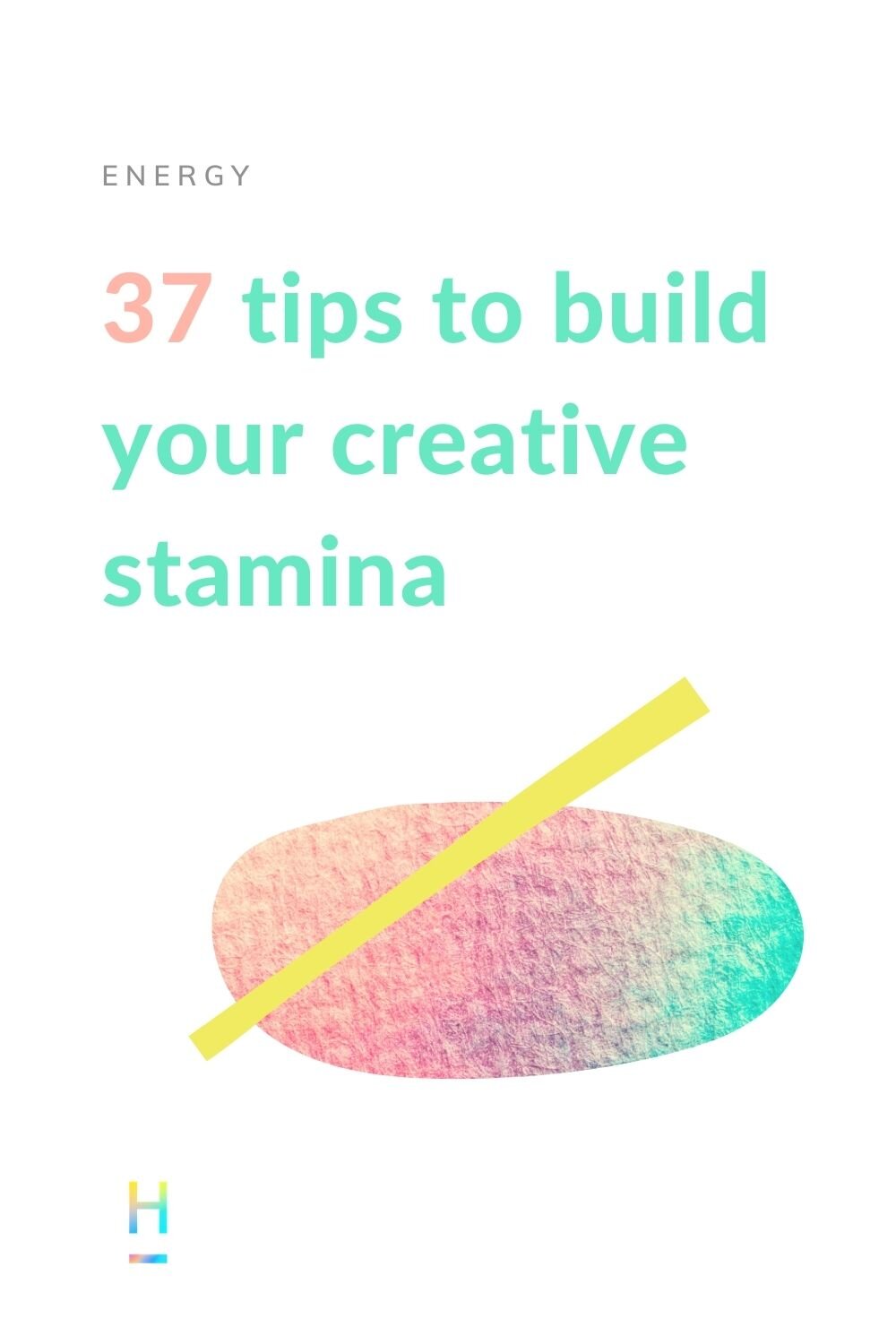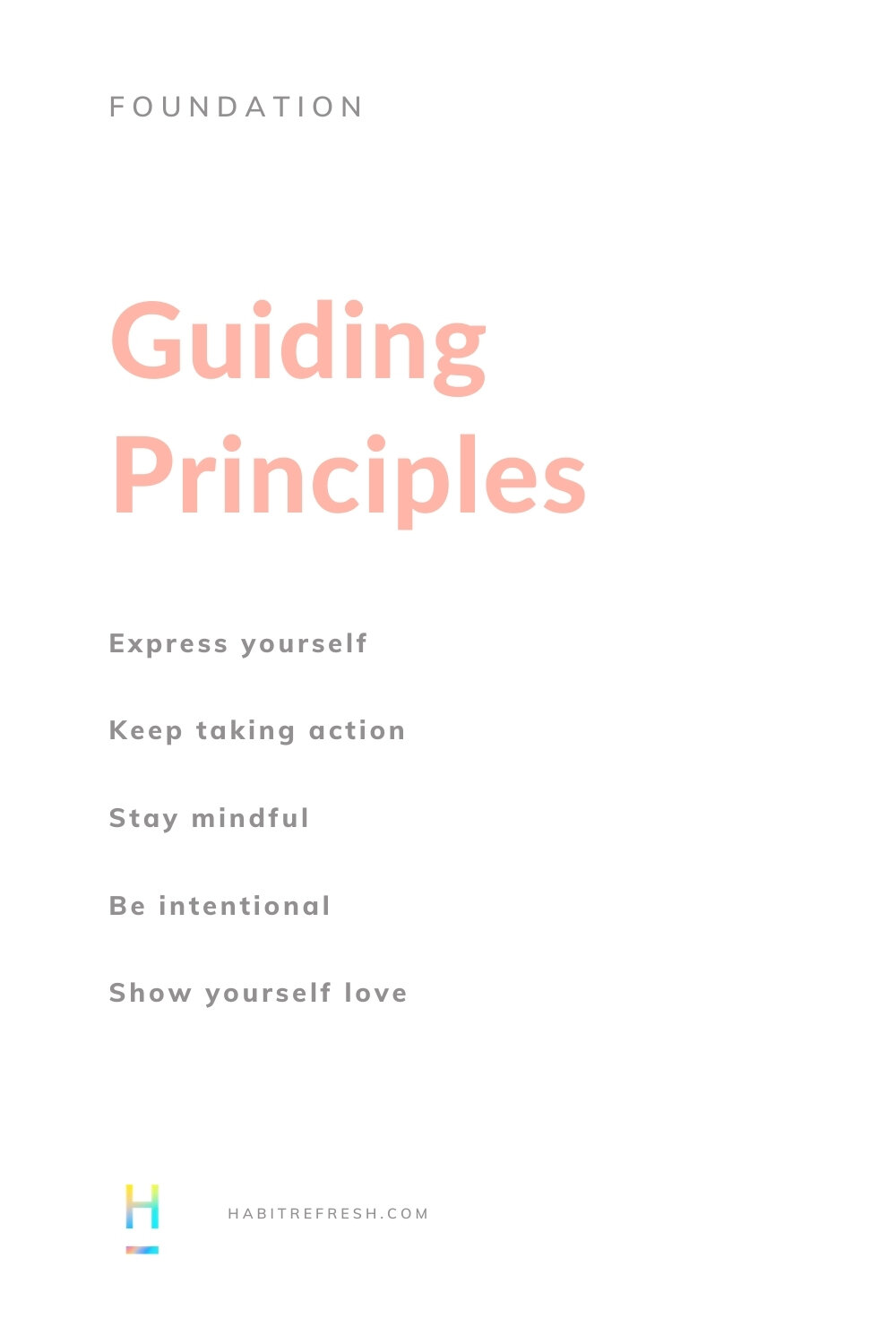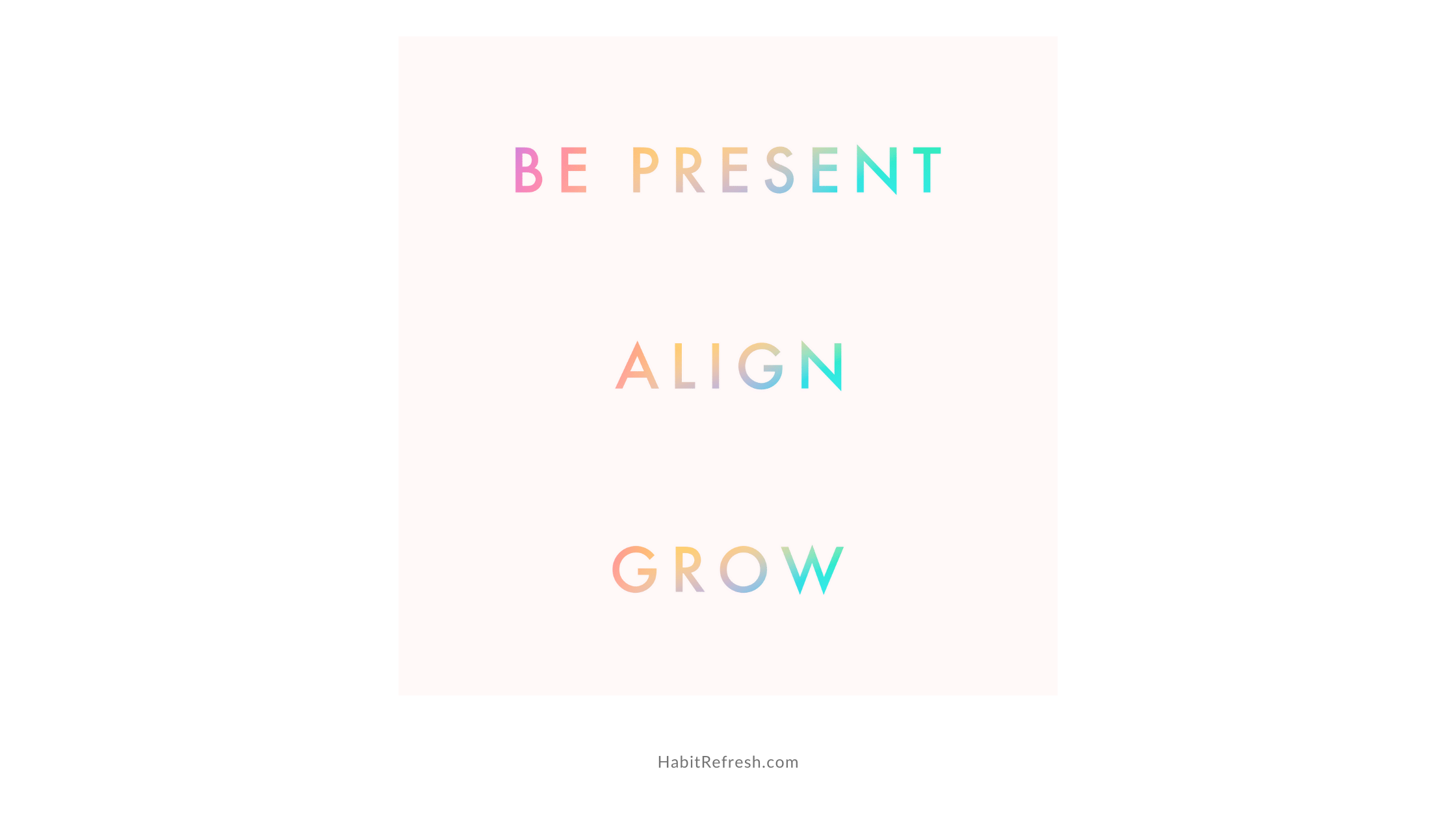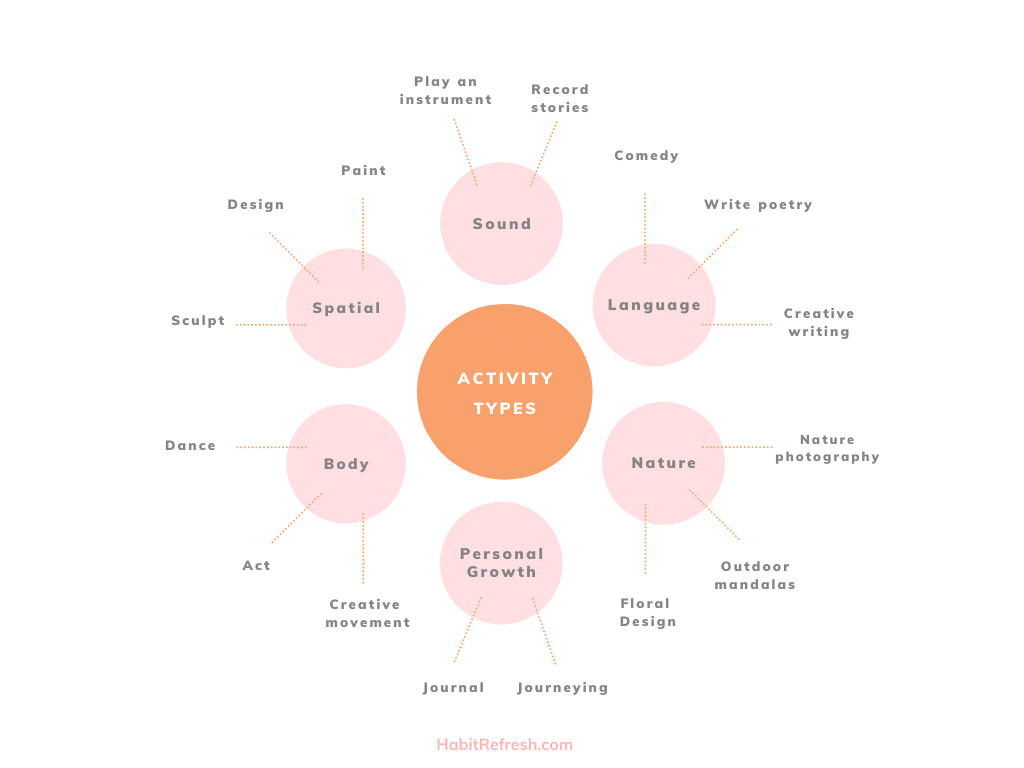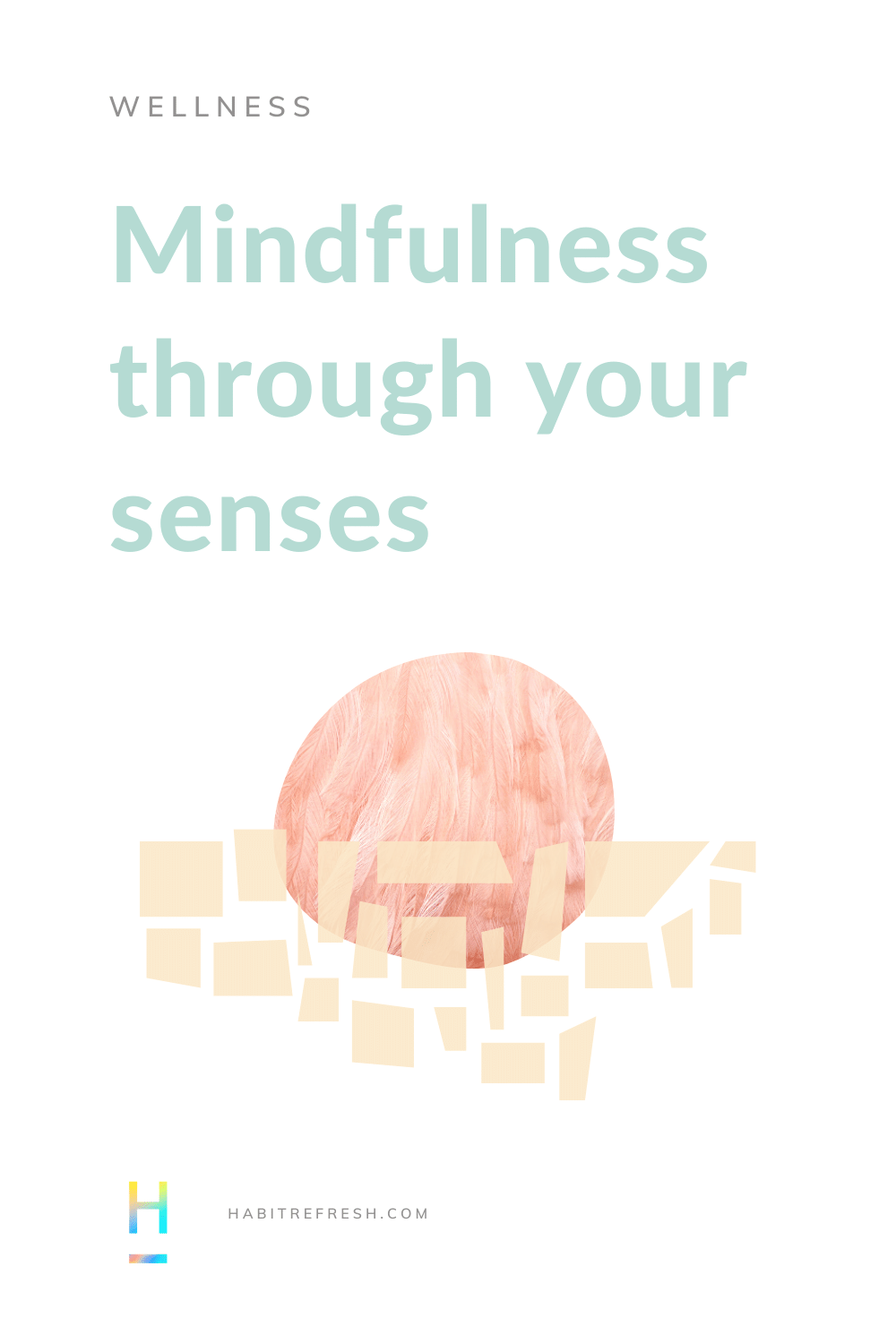Take a break to focus on yourself
The time always comes when we need to shake up our routine a bit. Maybe that means exploring close to home or a new adventure. If you’re unable to plan a trip, an at-home retreat can do wonders to soothe your soul and reinvigorate your creative practice. Plus it doesn’t require you to purchase anything; it only entails intentionally setting aside time for yourself.
The threat of burnout is real, and using the tool of a one-day retreat can help you manage your stress levels and notice if you’re experiencing any emotional exhaustion warning signs.
In addition to being a time to reflect on how you’re feeling, it gives you a chance to dive into creative activities you’ve been yearning to do. I’ve always found creativity to be a safe container. It brings beauty to messiness and a sense of peace to the chaos.
One-day creative expression retreat itinerary
Setting up for success is vital to ensure follow-through on your retreat plans. It helps you minimize distractions as well as provide prompts for you to continue engaging with the process. You’re setting up a seamless experience. Your future self will thank you. (Don’t forget to download the “One-day creative retreat checklists” from the resource library).
The day before:
Set up your space. A retreat day is a fresh start, so hide or cover up things that notoriously distract you. Put your devices in a drawer so that you’re only using the ones you truly need for your creative process.
Tidy up the night before, so you aren’t killing precious time tomorrow. Set the tone with a flower or some greenery from outside and a candle or two.
Make the things that you want to do more accessible. Bring out your supplies for your project so you can just flow into action. Place a candle and matches next to your meditation spot for tomorrow.Prepare for the expected parts of your day. Make all your minor decisions before the retreat to reduce your decision fatigue and impart a sense of ease. Have healthy and simple meals ready to eat in your fridge (breakfast, lunch, dinner, and snacks). Put out your water glass and a mug with your herbal tea of choice. Choose your outfit for tomorrow (make it a comfy one!) so you can focus entirely on your creative expression.
Pick a couple of guided meditations to listen to, as well as music and playlists to fuel your practice. Have your journal and a pen ready. Set up an inspiring book or two near your favorite chair. I find poetry especially inspiring to launch into a creative frame of mind.Unplug from your usual routine. Plan to be alone. Let people know you won’t be available. Set up an auto-reply if that will put your mind at ease. If television is part of your daily routine, unplug it after your last show tonight.
If possible, download everything for tomorrow to your phone so that you can keep it in airplane mode for the duration of your retreat. Your retreat begins the moment you fall asleep tonight!
Read next:
37 tips to build your creative stamina
The day of your retreat:
Guide your creative expression practice with the spirit of play and exploration.
Take breaks as needed and be gentle with yourself. Ask your body what it needs, and pay attention to its response.
Take a nap. While you may find this day to be productive, that isn’t the point. The focus is on rest and restoring your creative spirit and energy.
Don’t judge what you’re making today. Focus on the process, not the result.
No need to be rigid with your schedule; if you’re in a creative flow that feels good, keep going!
Try something new, whether it’s breathwork during meditation or a new color in your palette, a retreat is a great time to try it out.
Get at least one walk in your schedule. A Stanford study shows that thinking while walking leads to more creative thinking.
Disconnect: no social, no email, no television.
Sample Schedule:
Morning
8:30 Breakfast
9:00 Journal
9:30 Begin your creative practice for the day
11:00 Take a tea break: read, rest, stretch, daydream
11:30 Listen to a guided meditation
Afternoon
12:00 Lunch
1:00 Nap
2:00 Return to your creative project
3:30 Snack break: stretch, read, lay in the sun
4:00 Get some green time, take a walk in local nature or a park for inspiration
4:30 Creative time with 15-20 minutes of clean up at the end
Evening
6:00 Dinner and a short stroll
7:00 Listen to inspiring music
7:30 Stretch
8:00 Reflect on your creative process that day. Freewrite in your journal for 10-20 minutes.
8:45 Get ready for bed and read
